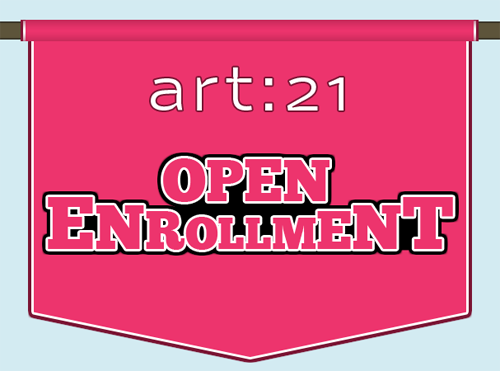As the distinctions between artist, curator, writer and administrator are increasingly less definite, developments in how individuals should be educated follow these new hybrid categories of working. Recently, an intriguing new breed of MFA has popped up in several universities — the MFA in public or social practice. California College of the Arts, Otis College of Art and Design, and Portland State University all offer this concentration. Social Practice, defined on the CCA student wiki as a “medium, not a genre or movement,” is a term referring to the utilization of social interaction and engagement to construct works of art. These works tend to be non-object based, temporal, performative, and often relate to structures outside of art such as knowledge or skill sharing. Artists who work this way often have activist concerns and critique the way the larger art world alienates its audience.
Last week, I flew up to beautiful springtime Portland for the three-day conference, Open Engagement: Making Things, Making Things Better, Making Things Worse, organized by Jen Delos Reyes. The conference was presented under the auspices of Portland State University as a part of the Social Practice MFA concentration. I live in Los Angeles, and although there are plenty of artists working socially in that city, I’ve never experienced this sort of medium-specific gathering of artists, which actually makes a lot of sense considering the medium. The conference invited three artists to “headline” — Mark Dion, Nils Norman, and Amy Franceschini — and events were organized into workshops, projects and panels. Cultural producers from all over the United States, including Creative Time’s Nato Thompson, The Watts House Project, and InCUBATE, were there to talk about the advantages and disadvantages of working socially. Towards the end of the conference, I was able to sit down with the super-patient Jen Delos Reyes to hash out some of my questions about what the MFA in Social Practice means.
The Program
Co-directing the program is Harrell Fletcher, who initially proposed the concentration to the university in 2007. PSU wanted to expand its MFA program, but didn’t have the studio spaces necessary to house new students, so Fletcher proposed a program in which the focus is on creating work out in the world. The program, while structured mostly like any other MFA program, is not heavy on critique, with only one mandatory presentation at the end of each semester. Collaborative projects are highly encouraged, and every week all the students gather for an all-day workshop. The students also collaborate on events such as “Shine A Light,” an evening of interventions at the Portland Museum of Art. PSU is also starting a low-residency three-year Social Practice MFA in which artists don’t live in Portland, but live in other places and actively engage with their own communities. When I brought up the fact that the low-residency situation seems very much in the financial interest of PSU, Jen quickly explained that the “headlining” artists from each year’s conference will act as off-site mentors for these students, and they will receive the same level of attention as the students living on-site.
Professionalization
I had a lot of questions about the professionalization of Social Practice, especially considering the prevalence of non-object based processes, and the limited availability of teaching positions at colleges and universities. Jen said that Social Practice MFA students are in the same sink-or-swim boat that all MFA students are in post-graduation.
I was also interested in the way institutions deal with social practice, as the absence of an object means the museum isn’t responsible for storage, or insuring that object. Social projects tend to happen in locations other than the walls of the gallery, and in shorter durations, which allows the institution to expand its programming and in some instances save funds. However, Jen explained an important shortcoming, which is that many artists need to be on site to make the work, which puts curators at a disadvantage while planning shows.
Collaborative Histories
One of the focuses of last year’s MFA class was writing an accessible history of social practice called, “We Need to Know Where We Have Been To Know Where We Are Going.” The book features information about the wide variety of artists using the social, and includes individual papers by students on subjects such as institutions, collaboration, public figures and do-gooderism. At the final panel of the conference, moderated by Nato Thompson, the question-and-answer section of the panel turned into a collaborative history of artists working socially. On a chalkboard artists were placed on a scale, with do-gooderism on one side and radical political action on the other, in an interesting, but ultimately failed, attempt to write a timeline of S.P. artists.
What seems most progressive and interesting about the MFA in social practice at PSU is the level of involvement that the students have in the structure of the program, which makes the education evolve depending on the educational goals of the students present in the program at that moment. This removal of the rigid structuring that is in place in many MFA programs seems well suited to a group of individuals set on learning methods for building social structures from scratch.
Daniel Ingroff is an artist and the director of workspace, a project space in the Lincoln Heights neighborhood of Los Angeles. Ingroff’s work has been in exhibitions in Los Angeles, NYC, Nashville and Seattle. He is a graduate of the Claremont Colleges, and is currently attending the Mountain School of Arts.






Pingback: More Open Engagement « 127 PRINCE
Pingback: You say you want a revolution… | occupyingmythoughts